|
Your search criteria found 579 images Target is Jupiter (and available satellites) |
| My List |
Addition Date |
Target
|
Mission | Instrument | Size |

|
2001-11-27 | Io |
Galileo |
Near Infrared Mapping Spectrometer |
468x620x3 |

|
|||||

|
2001-11-27 | Io |
Galileo |
Near Infrared Mapping Spectrometer |
595x415x3 |
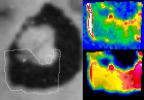
|
|||||

|
2001-11-27 | Io |
Galileo |
Solid-State Imaging |
800x623x3 |
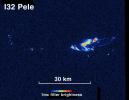
|
|||||

|
2001-11-27 | Io |
Galileo |
Solid-State Imaging |
798x401x1 |
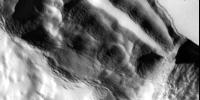
|
|||||

|
2001-12-10 | Io |
Galileo |
Solid-State Imaging |
5065x3361x1 |
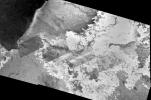
|
|||||

|
2001-12-10 | Io |
Galileo |
Solid-State Imaging |
736x680x3 |
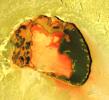
|
|||||

|
2002-05-28 | Io |
Galileo |
Solid-State Imaging |
1174x1024x1 |
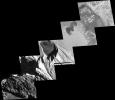
|
|||||

|
2002-05-28 | Io |
Galileo |
Solid-State Imaging |
1280x963x1 |
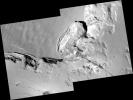
|
|||||

|
2002-05-28 | Io |
Galileo |
Solid-State Imaging |
1280x866x1 |
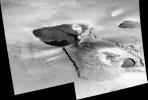
|
|||||

|
2002-05-28 | Io |
Galileo |
Solid-State Imaging |
800x800x1 |
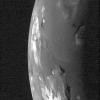
|
|||||

|
2002-05-28 | Io |
Galileo |
Solid-State Imaging |
1280x929x1 |
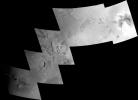
|
|||||

|
2002-05-28 | Io |
Galileo |
Solid-State Imaging |
1122x842x1 |
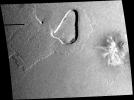
|
|||||

|
2002-05-28 | Io |
Galileo |
Near Infrared Mapping Spectrometer |
720x480x3 |
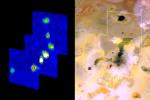
|
|||||

|
2002-05-28 | Io |
Galileo |
Near Infrared Mapping Spectrometer |
816x600x3 |
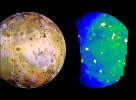
|
|||||

|
2002-05-28 | Io |
Galileo |
Near Infrared Mapping Spectrometer |
974x509x3 |
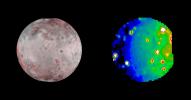
|
|||||

|
2001-12-10 | Io |
Galileo |
Solid-State Imaging |
954x1035x1 |

|
|||||

|
2001-12-10 | Io |
Galileo |
Near Infrared Mapping Spectrometer |
740x340x3 |

|
|||||

|
2001-12-10 | Io |
Galileo |
Near Infrared Mapping Spectrometer |
540x360x3 |
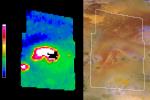
|
|||||

|
2001-12-10 | Io |
Galileo |
Photopolarimeter-Radiometer |
1655x1339x3 |
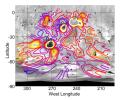
|
|||||

|
2002-12-06 | Io |
Galileo |
Solid-State Imaging |
1262x1043x1 |
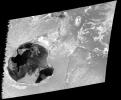
|
|||||

|
2002-12-06 | Io |
Galileo |
Solid-State Imaging |
1907x2955x3 |

|
|||||

|
2002-12-06 | Io |
Galileo |
Solid-State Imaging |
798x561x1 |
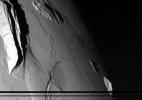
|
|||||

|
2002-12-06 | Io |
Galileo |
Solid-State Imaging |
4200x3200x3 |
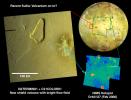
|
|||||

|
2002-12-06 | Io |
Galileo |
Solid-State Imaging |
720x431x3 |
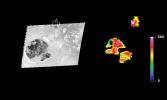
|
|||||

|
2007-04-02 | Io |
Galileo Voyager |
Solid-State Imaging |
11445x3643x3 |

|
|||||

|
2011-05-12 | Io |
Galileo |
1668x1648x3 | |

|
|||||

|
1996-01-02 | Io |
Galileo |
3014x2422x3 | |
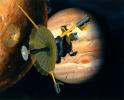
|
|||||

|
1996-06-06 | Ganymede |
Galileo |
Solid-State Imaging |
825x825x1 |

|
|||||

|
1997-09-07 | Ganymede |
Galileo |
Solid-State Imaging |
526x797x1 |

|
|||||

|
1997-09-07 | Ganymede |
Galileo |
Solid-State Imaging |
1105x798x1 |
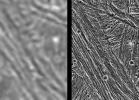
|
|||||

|
1997-09-07 | Ganymede |
Galileo |
Solid-State Imaging |
640x480x1 |
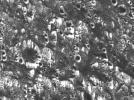
|
|||||

|
1997-09-07 | Ganymede |
Galileo |
Solid-State Imaging |
574x798x1 |

|
|||||

|
1997-09-07 | Ganymede |
Galileo |
Solid-State Imaging |
544x796x1 |

|
|||||

|
1997-09-07 | Ganymede |
Galileo |
Solid-State Imaging |
1443x1656x1 |

|
|||||

|
1997-09-07 | Ganymede |
Galileo |
Solid-State Imaging |
2470x2110x1 |
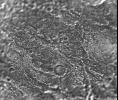
|
|||||

|
1997-09-07 | Ganymede |
Galileo |
Solid-State Imaging |
1665x1882x1 |

|
|||||

|
1997-11-18 | Ganymede |
Galileo |
Solid-State Imaging |
400x400x1 |
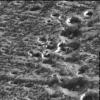
|
|||||

|
1997-11-18 | Ganymede |
Galileo |
Solid-State Imaging |
560x905x1 |

|
|||||

|
1997-11-18 | Ganymede |
Galileo |
Solid-State Imaging |
1920x1080x3 |
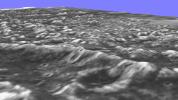
|
|||||

|
1998-03-26 | Ganymede |
Galileo |
Near Infrared Mapping Spectrometer |
1950x1500x3 |
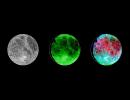
|
|||||

|
1997-12-16 | Ganymede |
Galileo |
2667x2000x3 | |
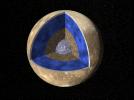
|
|||||

|
1997-11-18 | Ganymede |
Galileo |
Solid-State Imaging |
1920x1080x3 |
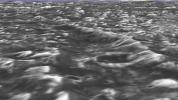
|
|||||

|
1997-09-07 | Ganymede |
Galileo |
Solid-State Imaging |
1200x800x1 |
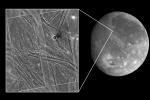
|
|||||

|
1997-09-07 | Ganymede |
Galileo |
Solid-State Imaging |
1200x800x1 |
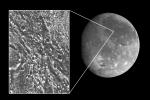
|
|||||

|
1997-09-07 | Ganymede |
Galileo |
Solid-State Imaging |
1097x885x1 |
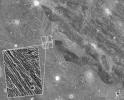
|
|||||

|
1997-09-07 | Ganymede |
Galileo |
Solid-State Imaging |
800x800x1 |
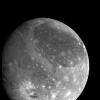
|
|||||

|
1997-09-07 | Ganymede |
Galileo |
Solid-State Imaging |
580x360x1 |
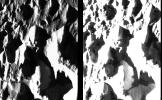
|
|||||

|
1998-08-03 | Ganymede |
Galileo |
Solid-State Imaging |
800x800x3 |
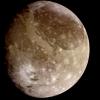
|
|||||

|
1997-09-07 | Ganymede |
Galileo |
Solid-State Imaging |
523x764x1 |

|
|||||

|
1998-03-26 | Ganymede |
Galileo |
Near Infrared Mapping Spectrometer |
1143x635x3 |
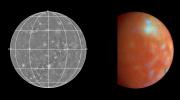
|
|||||

|
1998-03-26 | Ganymede |
Galileo |
Near Infrared Mapping Spectrometer |
1588x762x3 |
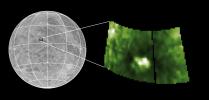
|
|||||

|
1998-03-26 | Ganymede |
Galileo |
Near Infrared Mapping Spectrometer |
445x525x1 |

|
|||||

|
1997-11-18 | Ganymede |
Galileo |
Solid-State Imaging |
321x260x1 |
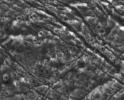
|
|||||

|
1997-11-18 | Ganymede |
Galileo |
Solid-State Imaging |
519x520x1 |
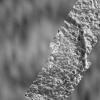
|
|||||

|
1997-11-18 | Ganymede |
Galileo |
Solid-State Imaging |
411x431x1 |

|
|||||

|
1997-11-18 | Ganymede |
Galileo |
Solid-State Imaging |
245x203x1 |
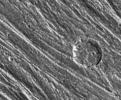
|
|||||

|
1997-11-18 | Ganymede |
Galileo |
Solid-State Imaging |
430x370x1 |
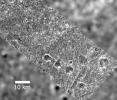
|
|||||

|
1997-11-18 | Ganymede |
Galileo |
Solid-State Imaging |
382x341x1 |
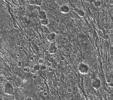
|
|||||

|
1997-11-18 | Ganymede |
Galileo |
Solid-State Imaging |
357x283x1 |
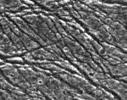
|
|||||

|
2000-08-03 | Ganymede |
Galileo |
Solid-State Imaging |
2133x1600x3 |
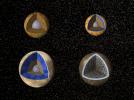
|
|||||

|
1997-11-20 | Ganymede |
Galileo |
Solid-State Imaging |
648x471x1 |
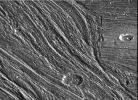
|
|||||

|
1997-11-21 | Ganymede |
Galileo |
Solid-State Imaging |
648x531x1 |
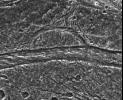
|
|||||

|
1997-11-24 | Ganymede |
Galileo |
Solid-State Imaging |
648x460x1 |
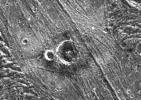
|
|||||

|
1997-11-25 | Ganymede |
Galileo |
Solid-State Imaging |
400x278x1 |
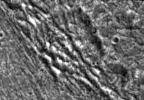
|
|||||

|
1997-11-26 | Ganymede |
Galileo |
Solid-State Imaging |
620x540x1 |
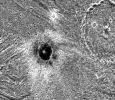
|
|||||

|
1997-12-01 | Ganymede |
Galileo |
Solid-State Imaging |
720x379x1 |
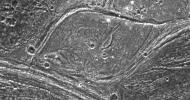
|
|||||

|
1998-01-21 | Ganymede |
Galileo |
Photopolarimeter-Radiometer |
988x1330x3 |

|
|||||

|
1998-01-21 | Ganymede |
Galileo |
Photopolarimeter-Radiometer |
988x1233x3 |

|
|||||

|
1998-04-02 | Ganymede |
Galileo |
Photopolarimeter-Radiometer |
432x540x3 |

|
|||||

|
1998-07-15 | Ganymede |
Galileo |
Solid-State Imaging |
790x1413x1 |

|
|||||

|
1998-07-15 | Ganymede |
Galileo |
Solid-State Imaging |
392x398x1 |

|
|||||

|
1998-07-15 | Ganymede |
Galileo |
Solid-State Imaging |
707x1049x1 |

|
|||||

|
1998-07-15 | Ganymede |
Galileo |
Solid-State Imaging |
813x753x1 |
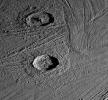
|
|||||

|
1998-07-15 | Ganymede |
Galileo |
Solid-State Imaging |
392x398x1 |

|
|||||

|
1998-07-15 | Ganymede |
Galileo |
Solid-State Imaging |
692x480x3 |
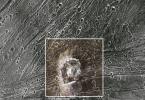
|
|||||

|
1998-07-15 | Ganymede |
Galileo |
Solid-State Imaging |
615x519x1 |
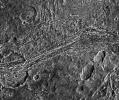
|
|||||

|
1998-07-15 | Ganymede |
Galileo |
Solid-State Imaging |
800x798x1 |
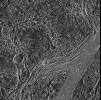
|
|||||

|
1998-07-15 | Ganymede |
Galileo |
Solid-State Imaging |
531x361x1 |
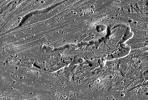
|
|||||

|
1998-07-15 | Ganymede |
Galileo |
Solid-State Imaging |
949x559x1 |
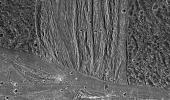
|
|||||

|
1998-07-15 | Ganymede |
Galileo |
Solid-State Imaging |
506x360x1 |
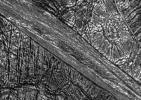
|
|||||

|
1998-07-15 | Ganymede |
Galileo |
Solid-State Imaging |
797x798x1 |
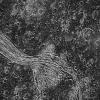
|
|||||

|
1998-07-15 | Ganymede |
Galileo |
Solid-State Imaging |
706x551x1 |
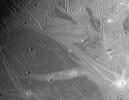
|
|||||

|
1998-07-15 | Ganymede |
Galileo |
Solid-State Imaging |
782x784x1 |
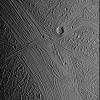
|
|||||

|
1998-07-15 | Ganymede |
Galileo |
Solid-State Imaging |
900x600x1 |
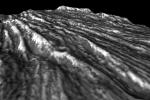
|
|||||

|
1999-10-07 | Ganymede |
Galileo |
Solid-State Imaging |
590x900x1 |

|
|||||

|
1999-10-07 | Ganymede |
Galileo |
Solid-State Imaging |
1078x900x1 |
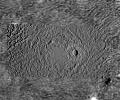
|
|||||

|
1999-10-07 | Ganymede |
Galileo |
Solid-State Imaging |
610x900x1 |

|
|||||

|
1999-01-18 | Ganymede |
Galileo |
Solid-State Imaging |
687x687x3 |
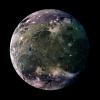
|
|||||

|
2000-12-16 | Ganymede |
Galileo |
Solid-State Imaging |
2000x2300x1 |

|
|||||

|
2000-12-16 | Ganymede |
Galileo |
Solid-State Imaging |
2603x756x1 |

|
|||||

|
2000-12-16 | Ganymede |
Galileo |
Solid-State Imaging |
1249x1939x1 |

|
|||||

|
2000-12-16 | Ganymede |
Galileo |
Solid-State Imaging |
1026x1748x1 |

|
|||||

|
2000-12-16 | Ganymede |
Galileo |
Solid-State Imaging |
2514x1929x1 |
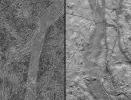
|
|||||

|
2000-12-16 | Ganymede |
Galileo |
Solid-State Imaging |
1000x751x1 |
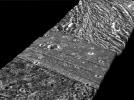
|
|||||

|
2000-12-16 | Ganymede |
Galileo |
Solid-State Imaging |
1764x809x1 |
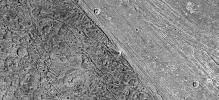
|
|||||

|
2000-12-16 | Ganymede |
Galileo |
Solid-State Imaging |
1228x512x3 |
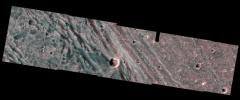
|
|||||

|
2000-12-16 | Ganymede |
Galileo |
Solid-State Imaging |
1358x1098x3 |

|
|||||

|
2000-12-16 | Ganymede |
Galileo |
Solid-State Imaging |
3777x2760x1 |
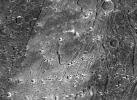
|
|||||

|
2000-12-16 | Ganymede |
Galileo |
Solid-State Imaging |
3328x2330x1 |
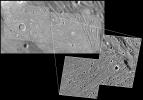
|
|||||

|
2000-12-16 | Ganymede |
Galileo |
Solid-State Imaging |
795x767x1 |
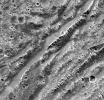
|
|||||

|
 |
 |
 |
 |
 |
 |

|
| 1-100 | 101-200 | 201-300 | 301-400 | 401-500 | 501-600 |
| Currently displaying images: 301 - 400 of 579 |